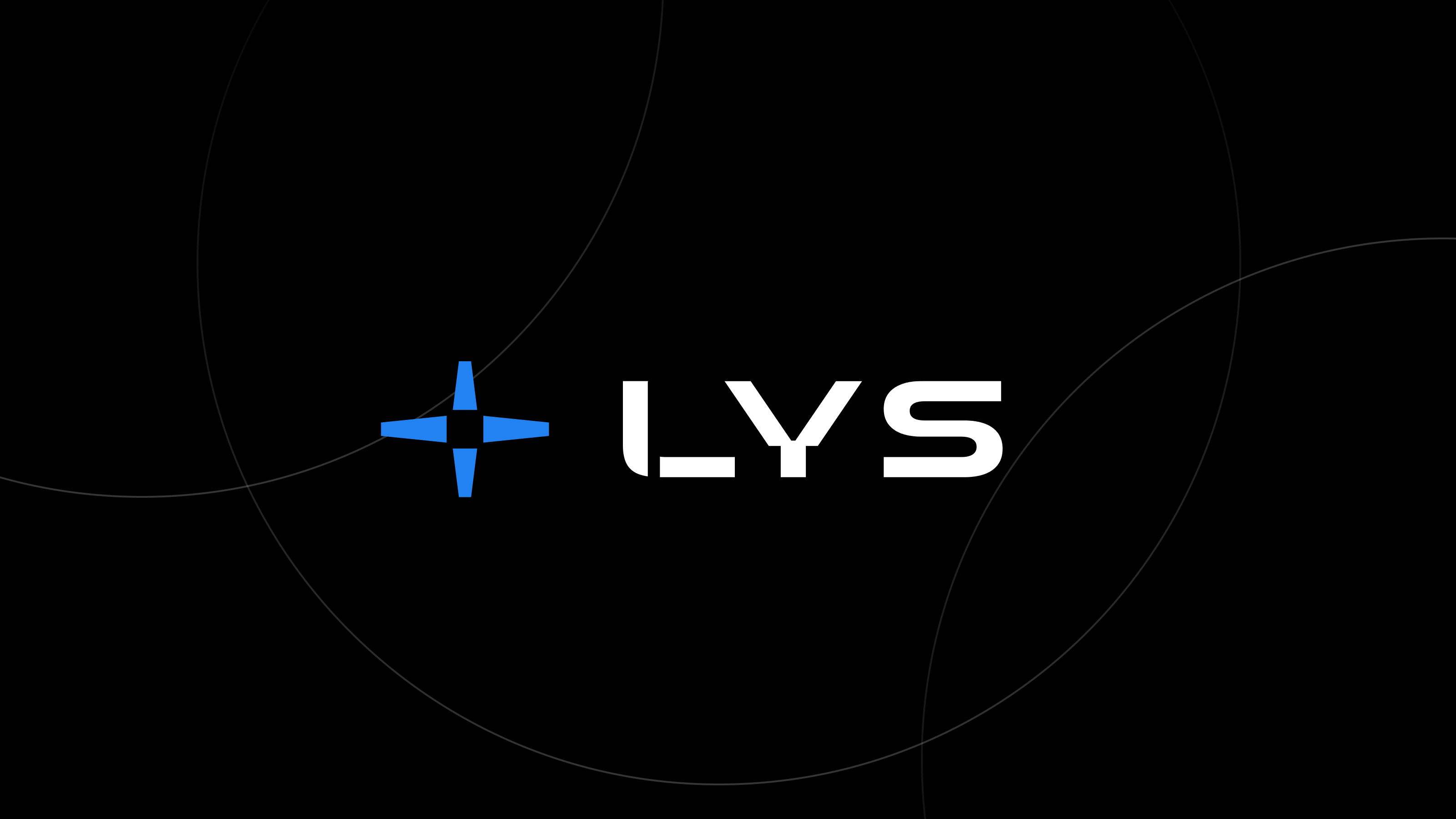Decoding Liquid Staking

We all know staking crypto is huge because it offers an accessible way for users to earn rewards simply by holding onto their assets. But traditional staking comes with a catch, it can sometimes require locking up your funds, leaving them inaccessible until the staking period is over. Liquid staking introduces a much more flexible approach.
At LYS Protocol, we are using liquid staking (amongst others) to unlock yield optimization (with built in risk mitigation) strategies that keep your assets working even when they’re staked.
What is Liquid Staking?
In traditional staking, you lock up your assets in a network to help validate transactions and secure the chain. In return, you earn rewards, usually in additional tokens. This process, while rewarding, restricts you from using or trading the staked assets elsewhere until the staking period is over. Essentially, it’s a trade-off… stability and rewards in exchange for limited flexibility.
Liquid staking on the other hand lets you have your cake and eat it too. Here, you stake your tokens and receive a liquid asset in return, one that represents the staked funds (sort of like a receipt). This liquid asset acts as a stand-in for the staked tokens which allows you to trade, lend, or use them in other protocols, all while the original staked tokens continue to earn rewards. It’s a powerful way to unlock the value of your assets without needing to fully unstake them.
How Liquid Staking Works Under the Hood
As mentioned above, when you start liquid staking, the protocol mints a derivative token (a representation of your staked assets) that maintains its value relative to the original staked token. As your staked assets generate rewards, the derivative token either appreciates in value or accumulates rewards over time, enabling you to continue benefiting from the staking rewards.
This works by creating an exchangeable token that can interact with other protocols as if it were the original asset. The liquid staking protocol essentially manages the staked assets behind the scenes, ensuring that you earn rewards while retaining the freedom to move or invest with the derivative token. It’s this layer of liquidity that transforms staking from a passive hold to a versatile, yield-generating tool.
How LYS Protocol Uses Liquid Staking
The LYS Protocol is designed to help users maximize their returns through advanced strategies, including liquid staking.
Here’s what were doing to maximize liquid stakings potential:
1. whyETH - The Key to Flexible Staking
When you stake ETH with LYS Protocol, you receive whyETH (a token that represents your staked ETH while enabling you to use its value throughout DeFi). Think of whyETH as your key to continued liquidity and yield opportunities, you can trade it, use it as collateral, or even participate in yield-farming while still benefiting from staking rewards.
2. Building Yield Through Layered Strategies
LYS Protocol layers additional yield strategies on top of liquid staking. Some of these strategies include:
Reinvesting returns to acquire additional assets, which can increase returns by compounding rewards.
Engaging with protocols that offer additional rewards for liquidity provision, enabling you to earn more with your whyETH.
Placing your whyETH on DEXs to earn trading fees, adding another layer of yield.
With whyETH, these strategies remain accessible without needing to unstake your assets. In other words, LYS Protocol enables you to keep your rewards while layering additional sources of income.
3. Risk Management
Managing risk is critical when juggling various yield strategies. That’s why LYS Protocol includes proactive risk management built directly into our infrastructure. Through real-time monitoring and AI-driven insights, LYS continuously tracks potential risk factors, including those hard-to-predict black swan events.
4. Security and Automation
To keep things secure and efficient, LYS Protocol uses unique smart contract architecture to manage staking and redepositing. Smart contracts is self-executing code that automate tasks based on pre-set conditions, reducing the risk of human error and ensuring transactions execute exactly as planned. In the case of LYS, smart contracts handle all on-chain activity such as distribution of rewards, staking transactions, and the movement of whyETH across protocols (all so your assets are always working for you with minimal effort on your part).
Benefits of Liquid Staking with LYS Protocol
Continuous Earning Potential
With LYS Protocol, your assets don’t have to sit idle while staked. whyETH opens the door to continued rewards and added opportunities, so you’re always in a position to grow your yield without the restrictions of traditional staking.
More Flexibility and Liquidity
whyETH lets you avoid being tied down to a single strategy. You can trade it, stake it elsewhere, or convert it back to ETH if needed, adapting your approach as market conditions shift.
Advanced Security and Risk Management
LYS Protocol’s risk management ensures that your deposits are secure. From black swan events to market dips, LYS takes a proactive approach to protect your assets, so you can focus on strategy.
An Intuitive User Experience
The LYS interface makes managing your staked assets straightforward, so even if you’re new to DeFi or yield strategies, you can easily track your holdings, monitor performance, and make adjustments as needed.
In Summary
Liquid staking has opened up a whole new way to make your crypto work harder for you, without the usual trade-offs of locking up assets. By combining liquid staking (amongst others) with whyETH and integrated yield strategies, LYS Protocol is built to give users flexibility, security, and serious potential for returns, all under one roof. Whether you're staking, trading, or exploring yield opportunities, LYS Protocol’s approach to liquid staking offers a way to keep things simple without sacrificing growth or risk.

